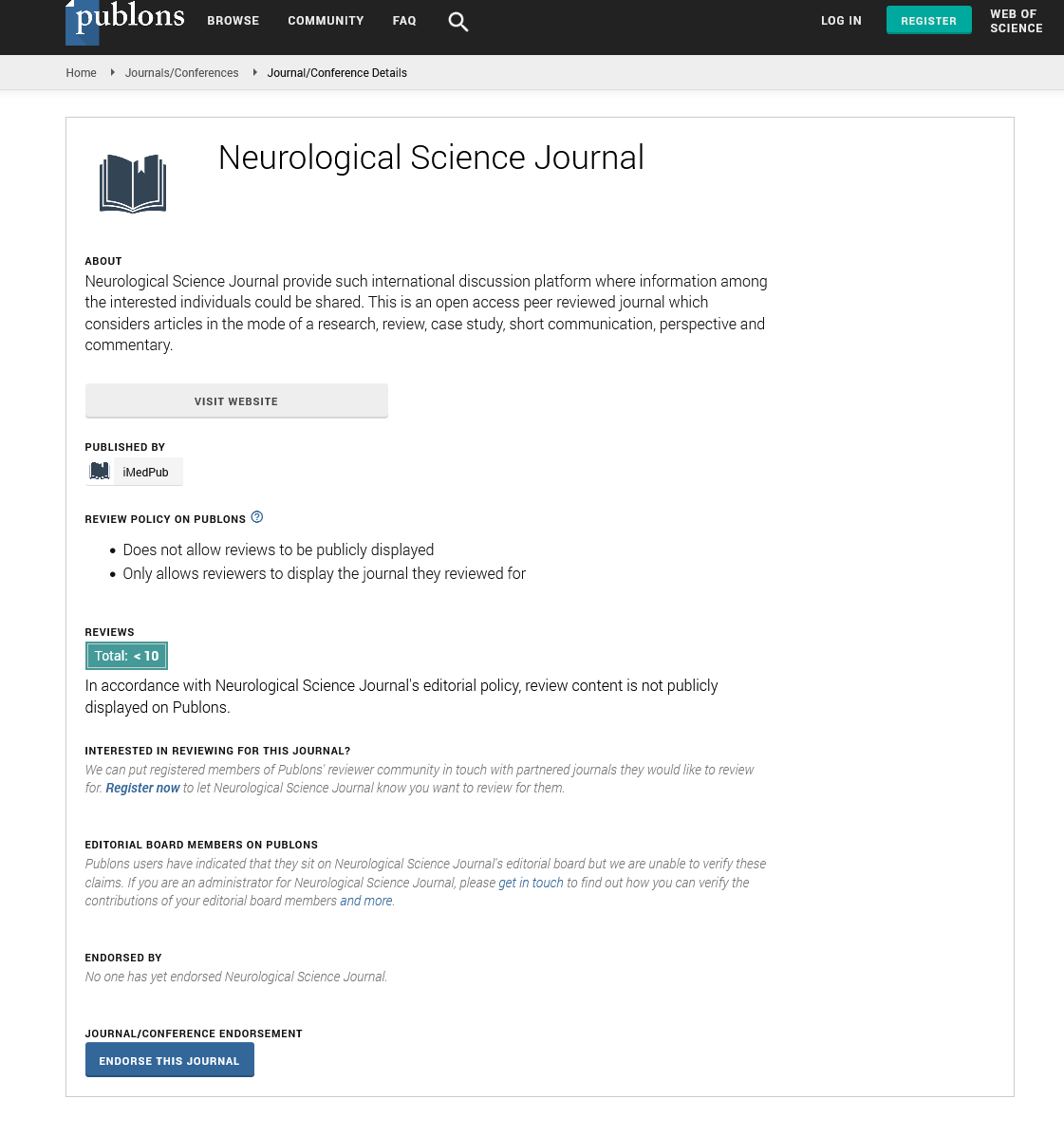Abstract
Fluorodeoxyglucose-18-PET/CT in preoperative epilepsy our experience - Tomas Budrys - Lithuanian University of Health Sciences Clinical Hospital, Lithuania
Aims and Introduction:
Successful surgical ablation depends on accurate localization of the epileptogenic cortex. This is important both to assure a complete resection of the epileptogenic focus and to reduce the resection volume as much as possible, limiting any potential neurocognitive deficits. To this end, patients typically undergo an intensive and extensive preoperative evaluation in combination with anatomical and functional imaging. We compared the the amount of epileptogenic foci, determine most common localizations of epilepsy focal points in both functional and structural imaging methods and determined the success rate of resection in the operated patients when the focal points of epilepsy coincided in all three imaging methods.
Methods:
14 patients underwent neurosurgical operation with removal of epileptogenic foci. Assessment of normality was verified by the Kolmogorov-Smirnov and Shapiro-Wilk tests. The Wilcoxon Signal Criteria were used to compare the two dependent samples whose data did not match the normal distribution. Concordance was evaluated by using Cohen's kappa (κ).
Results:
Ten out of fourteen patients underwent surgery and demonstrated excellent postsurgical outcomes, with no epileptic seizures 1 year or more after the operation; 3/14 patients had 1-2 seizures after surgery and 1 patient had same or more epileptic seizures in duration of 1 year or more. Most basic confinement for epileptogenic action in every one of the three techniques was worldly flap (39.6-48.6%).
Conclusion:
Careful treatment may offer high seek after patients with obstinate epileptic seizures. PET/CT are amazingly helpful imaging strategy to aid the limitation of epileptogenic zones. The dynamic useful data that mind PET/CT give is exceptionally correlative to anatomical imaging in MRI and practical data in EEG.
Author(s): Tomas Budrys, Algidas Basevicius, Rymante Gleizniene, Giedre Jurkeviciene, Ilona Kulakiene, Vincentas Veikutis, Tomas Jurevicius
Abstract | PDF
Share This Article
Google Scholar citation report
Citations : 11
Neurological Science Journal received 11 citations as per Google Scholar report
Neurological Science Journal peer review process verified at publons
Abstracted/Indexed in
- Google Scholar
- Publons
Open Access Journals
- Aquaculture & Veterinary Science
- Chemistry & Chemical Sciences
- Clinical Sciences
- Engineering
- General Science
- Genetics & Molecular Biology
- Health Care & Nursing
- Immunology & Microbiology
- Materials Science
- Mathematics & Physics
- Medical Sciences
- Neurology & Psychiatry
- Oncology & Cancer Science
- Pharmaceutical Sciences
